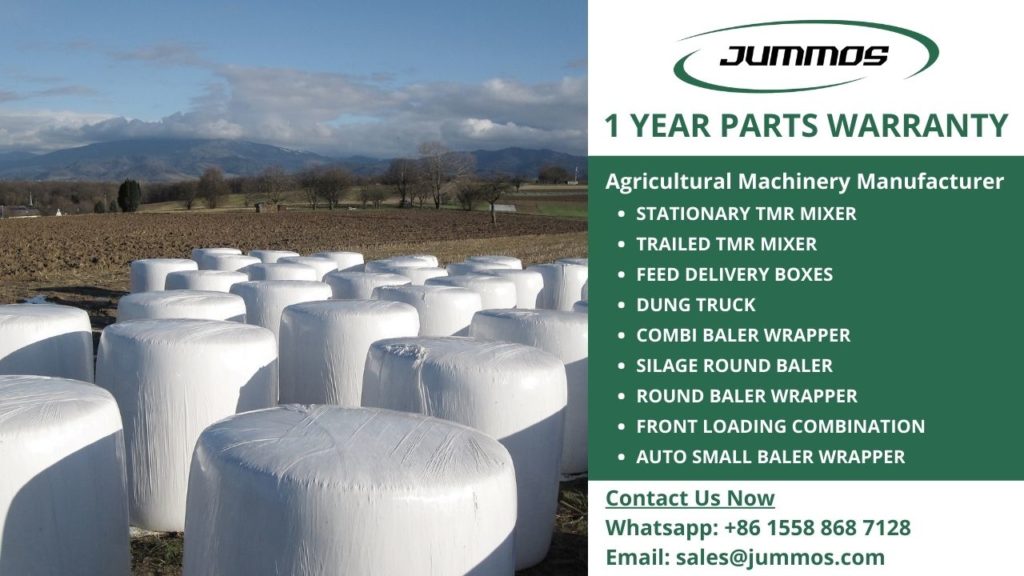
All aspects of life today are sufficiently dependent on technology. It is practical, efficient, clean, clear, and under control. Starting from home affairs, offices, schools, and hospitals to agricultural fields. They are all using technology to make it easier to fulfill everything on a punctual time. Just like the silage storage. Silage storage will no longer rely on manual bale wrappers which require a relatively long time.
However, you have to consider weather factors, feed shrinkage time, and distribution when it comes to manual bale wrapping. Now many special agricultural technologies make it easier for farmers to work in wrapping bales. The use of machines with factory-made film or plastic silage wrapping is a solution that comes from this field of modern technology.
Contents [hide]
Round Bale Silage

Traditional farmers use silo harvesting equipment to make large hay. Forage that you collect from many places must be withered until the water content has reduced by about 50% to 60%. Then the forage is baled in a round baler and sealed in a plastic cover. The process of packing large bales with silo equipment takes at least a full day before the silage can be properly stored.
Now round bales have been made using technology ranging from simple automatic machines to sophisticated machines that can operate remotely. Manual bale wrapper is slowly being abandoned because they are proven to be less efficient amidst uncertain weather conditions, economic pressures, and declining feed quality. You can choose the machine according to your needs.
Maybe you admire the circular silage rolls that line the field or the square piles of silage that are neatly arranged in the barn. You can “print” the silage using an automatic machine by following the guidelines in the manual book.
How Bale Wrapper Machine Works
The manual bale wrapper work system also exists in the bale wrapper machine work system. The only difference is that the process of transporting, wrapping, and distributing silage is done by machines, both operated automatically and manually.
The process of working on bale wrappers using the machine can occur through the following stages:
Preparation of raw materials
There are two types of feeders in the machine, namely manual feed and machine feed automatically. Raw materials that are ready to be delivered to the destination. When there is enough material to fill the container, the conveyor belt will stop. This is indicated by a sounding alarm.
Storing
The feed will then be bundled at the specified location such as near the barn or a wide place to store the bales. Plastic netting will bind the weft into a round shape. There are also other shapes such as squares that can be used according to the machine you have. The way it works is still the same as you work with a manual bale wrapper in the field.
Wrapping
This is when the wrapping film works after being bundled. The use of this wrapping film is very important because it will maintain the quality of the feed for long-term storage. You can buy plastic wrap as you would work with a manual bale wrapper.
With all the significant changes that occur in the agricultural environment such as severe climate, extreme weather, easily rotting feed, the condition of ruminants that are sensitive to random feed, and the lack of availability of fresh feed or forage, farmers and agricultural suppliers should abandon their manual bale wrapper farming methods. The use of technology in the form of a bale wrapping machine that can be relied upon in terms of time, improved quality of raw materials, relatively low-cost, and profitable over the years of use should be the only option they take.